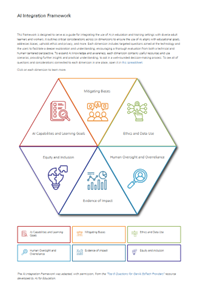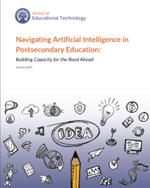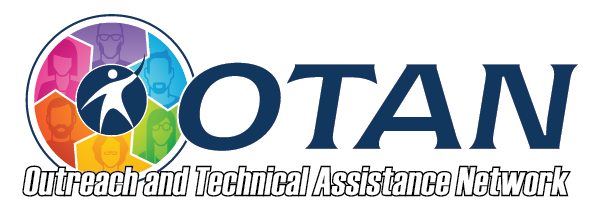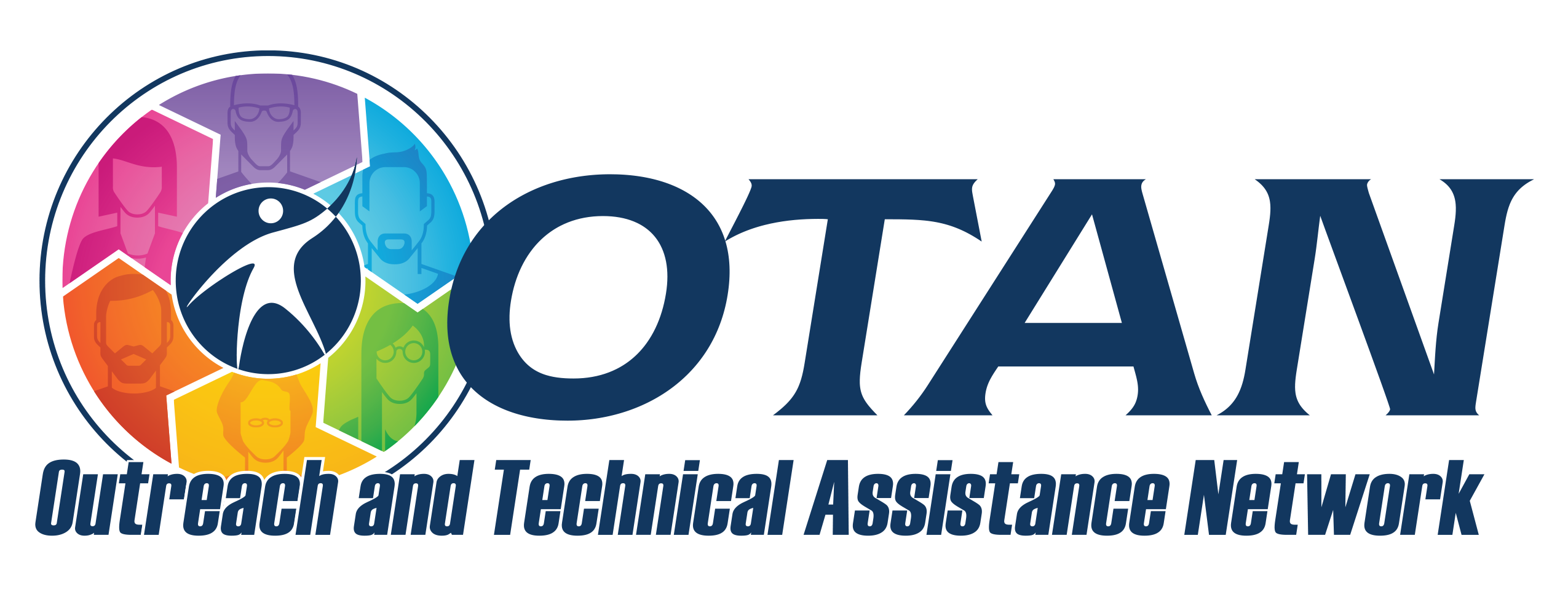OTAN News
Fresh Takes #2: Adult Ed Research, Summarized for On-the-Go Educators
The latest on AI research.

Length: Approximately 10 pages
Estimated Reading Time: 20-30 minutes
Summary: The "AI Integration Framework" is designed to guide educators and training professionals in effectively incorporating artificial intelligence into educational settings, particularly for diverse adult learners and workers. It outlines six critical dimensions to ensure that AI tools align with educational objectives, uphold ethical standards, and promote inclusivity.
Key Takeaways:
- AI Capabilities and Learning Goals: Ensure that AI tools align with specific educational objectives and address identified needs. Evaluate the tool's effectiveness and scalability.
- Mitigating Biases: Address potential biases in AI systems by implementing strategies to ensure equitable learning experiences for all students. This involves both developers and end-users taking proactive steps.
- Ethics and Data Use: Evaluate the ethical considerations, privacy policies, and data usage of AI tools to protect user information and uphold ethical standards.
- Human Oversight and Overreliance: Maintain human oversight to prevent overreliance on AI, ensuring that educational integrity is preserved. Establish processes for regular review and quality assurance.
- Evidence of Impact: Assess the effectiveness of AI tools by reviewing evidence of their impact on educational outcomes, such as case studies or data analyses. Align these findings with existing benchmarks.
- Equity and Inclusion: Ensure that AI solutions are designed to be accessible and inclusive, catering to the diverse needs of all learners, including those with disabilities or language barriers.
Title Cover: The cover features the title "AI Integration Framework" along with the logos of the EdTech Center @ World Education and its partners.
Conclusion: For busy educators, this framework offers a concise and practical guide to thoughtfully integrating AI into their teaching practices. By addressing critical areas such as bias mitigation, ethical data use, and inclusivity, educators can enhance learning experiences and outcomes for all students.
Navigating Artificial Intelligence in Postsecondary Education: Building Capacity for the Road Ahead

Pages: 50
Reading Time: Approx. 60-75 minutes
Summary: This report, released by the U.S. Department of Education, examines how AI is reshaping postsecondary education. It discusses AI's impact on learning environments, student advising, and administrative processes, while offering guidelines for responsible AI use.
Key Takeaways:
- AI in Learning & Advising: AI tools can enhance instruction, provide personalized student support, and streamline admissions.
- Ethical AI Use: Institutions must ensure AI applications are transparent, fair, and non-discriminatory.
- AI in Workforce Preparation: AI-driven career services can help students align their education with future job markets.
Featured Graphic: A five-step AI integration model for higher education, covering AI infrastructure, policies, testing, and partnerships.
Conclusion: Educators in higher education will benefit from this guide, as it provides practical recommendations for integrating AI responsibly and effectively in postsecondary settings.

